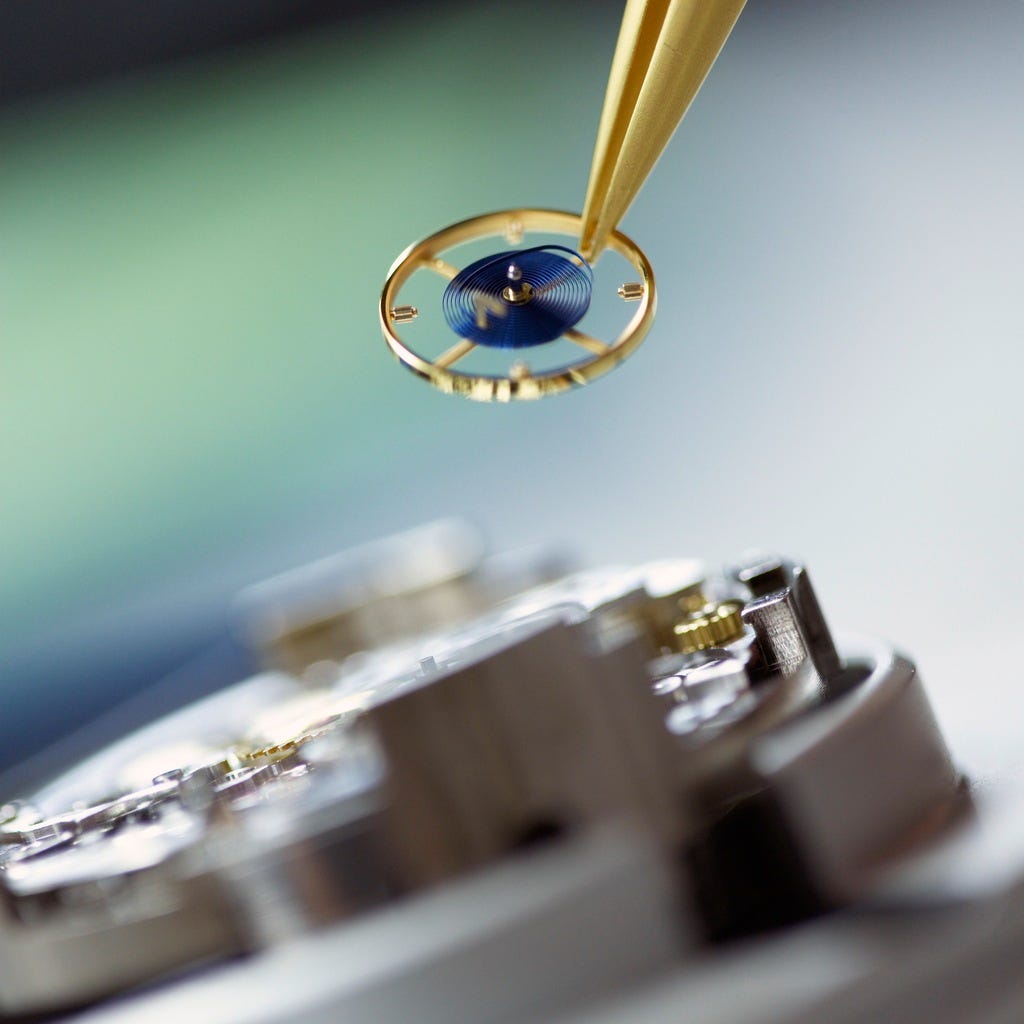Fake and Stolen Watches: The Urgent Need for a Transparent and Secure Market
The increasing prevalence of fakes and the rise of stolen watches highlights the urgent need for a transparent and secure market to ensure authenticity and trust
A short while ago, second-hand market giant Watchfinder published a report estimating the amount of fake watches circulating in the market every day that are becoming increasingly difficult to detect.
Taking the British market as a benchmark, the site estimates that 14% of British collectors have counterfeit watches in their rotations. More specifically, a total of 1.010.572 fake watches currently circulating in the UK were identified in the research.
Unfortunately, this phenomenon has global dimensions, and this scourge extends around the world.
The turnover of the counterfeit market is about 40 million watches sold each year, and half of these are counterfeit Rolexes. This is an impressive figure when one considers that the annual production of the crowned maison is just over 1 million pieces.
Watchfinder & Co. CEO Arjen van de Vall said that about 10% of the watches that came under their authentication were fakes.
He also added that the development of this parallel industry was very important especially from a quality point of view. In fact, if a few years ago, 80% of fake watches were easily recognizable, while only 20% required more thorough inspection, today, 80% of replica watches are good enough to look real at first glance, and only 20% are blatantly fake. For these reasons, sales of counterfeit watches have increased and account for nearly 35% of watch transactions.
In addition to the growth in fakes, the sharp increase in demand for luxury watches and the related increase in market price has also led to an increase in thefts.
The Watch Register stated that its database, where users record stolen watches has grown to 80,000, with a total value of $1.25 billion.
Again leading the ranking is Rolex with 44 percent of stolen watches, about $550 million, followed by Omega and Breitling second and third respectively.
Some 6,815 watches were added to The Watch Register's list last year, a 60% increase over the previous 12-month period.
The reported figures are most likely higher, this is because many times watch thefts go unreported.
If the watch industry wants to continue to develop and maintain the levels of growth we have observed in recent years, it is appropriate that these two issues be remedied.
Otherwise the risk is that the whole industry could suffer great damage from this situation, a market full of fakes and stolen watches will lead to fewer and fewer people being interested in buying a luxury timepiece, leading to a real decline in this industry.
The direction is to create a transparent and secure marketplace, and already the first steps have been taken both by large online marketplaces with the launch of many systems for authenticating watches and by many brands with their own certified pre-owned and insurance programs in case of theft.
Audemars announced in April that it will activate insurance coverage next year in case a watch sold in 2022 and 2023 is stolen.
Rolex, on the other hand, is working hard to make its watch distribution more secure through the launch of the Certified Pre-Owned Program, which was initially available only at Bucherer but is now expanding to other boutiques.
In this sense, the news a few days ago in which Rolex acquired the Bucherer reinforces the idea that a legal and transparent market is the main prerogative for everyone, starting with the leading brand in the market.







hey, i fiond your blog very interesting, read like half of ur articles, this one caught my eye, i recently stumbled across this site: https://replicapatekphilippe.io/ and as i am aware these dudes is making clones of Patek watches, how do you think, are the doing bad thing, or there should be place for ppl like these